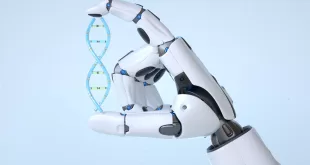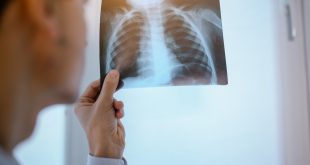A list of the growing number of clinical applications for 3D bioprinting technology
By Sean Tarry
Not long ago, 3D bioprinting technology was an innovation reserved for the most complex cases. However, following recent advancements, the use of the innovation is becoming a little more widely and more frequently used, paving the way forward toward a bioprinted future. Here are just some of the possible current applications for 3D bioprinting technology:
Dentistry – a number of advances have been made using dental imaging to enhance the production and use of orthodontics; dental crowns and partial dentures; removable complete dentures; oral surgery, surgical guides placed over teeth to align drills; access guides for root canals; replica teeth to prepare autotransplantation; dental implants; and more.
Surgery – the wonders of 3D bioprinting is incredibly useful in helping surgeons better understand and prepare for upcoming procedures, enhancing their efficiency and ability to provide patient-specific care. Areas of research in surgical applications include surgical guides, models for surgical planning, and custom implants.
Neurosurgery – Patient care has benefitted immensely as a result of advances around the use of bioprinting technology to help support neurosurgery, by allowing clinicians to observe small and intricate structures inside the nervous system. Due to the complexity of neurosurgery procedures, bioprinting technology significantly helps surgeons better understand and visualize complex structures when planning a procedure. The use of 3D bioprinting technology in neurosurgery includes the development of patient-specific anatomical models, the design of devices to assess and treat neurosurgical conditions, and biological tissue-engineered implants.
Orthopedics – An obvious area in which to leverage 3D bioprinting technology, current applications include using anatomical models to visualize and plan for fracture repairs, creating implants for arthroplasty, preparing contour plates and surgical guides, and the creation of lightweight, custom casts.
Vascular and endovascular surgery – This is an area where quite a few advances have been made in recent years and is particularly useful in helping clinicians visualize anatomical structures. Within just the last few years, 3D bioprinting technology has been leveraged to develop 3D models for infrarenal and juxtarenal arteries, abdominal aortic aneurysm, and thoracic aorta pathology. In addition, 3D prints of vessel pathologies have also been used to better understand anatomy and post-surgical complications.
Plastic and reconstructive surgery – Another area of focus that lends very nicely to applications 3D bioprinting technology is that of plastic and reconstructive surgery, within which 3D printing is used for procedural planning, the creation of surgical tools, and the customization of implants. The technology has been used in maxillofacial surgery, dental implant surgery, mandibular reconstruction, orthognathic surgery, and midface reconstruction, in addition to a number of other more common applications. And, though its use is already becoming widespread within plastic and reconstructive surgery, as the increased availability of affordable equipment helps enhance the ability of clinicians to make highly patient-specific products, their use and application will only increase, too.
Other Surgeries – Applications of 3D bioprinting technology are also found in a number of other types of surgical environments and procedures, including hepatobiliary surgery, urology and renal surgery, and cardiac surgery. In each case and type of procedure, the technology is used to help clinicians visualize anatomical structures and plan for their surgeries, in addition to a number of other common applications.
As 3D bioprinting technology advances and the capabilities of the equipment improves every day, becoming more accurate and intuitive, the applications of its use will no doubt continue to increase. And, as it does, the future of life sciences in the country unfolds further, enhancing the health and wellbeing of Canadians from coast-to-coast-to-coast.
 BioLab Business Magazine Together, we reach farther into the Canadian Science community
BioLab Business Magazine Together, we reach farther into the Canadian Science community





